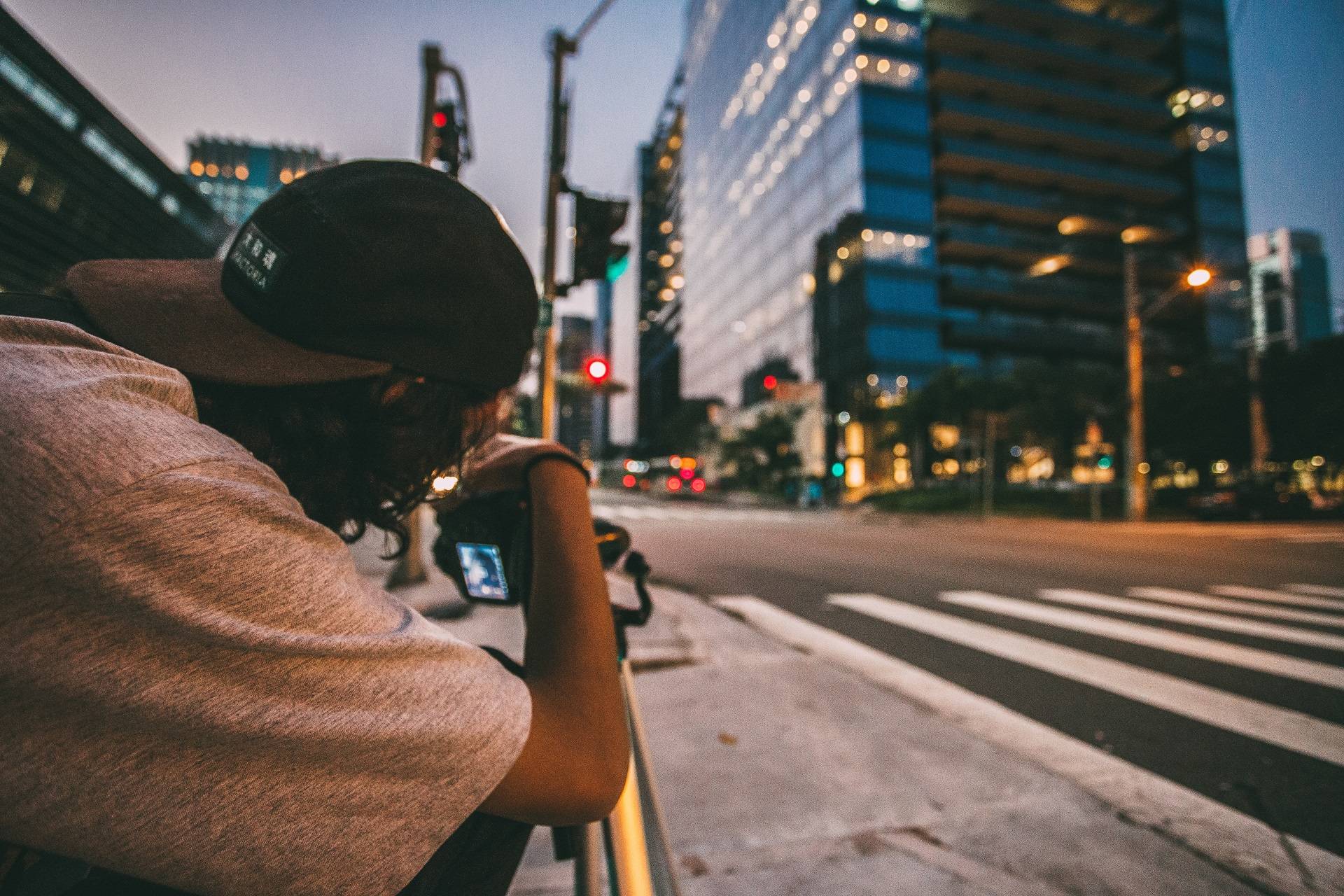Naderi Production
2 HANNERT DE KLEPPBEEM
L-6995 RAMELDANGE

Every successful photo has three things in common, and they’re not particularly surprising. The three elements of a good photo that matter the most in photography are simple: light, subject, and composition.
Photography is light. Without it, you couldn’t take pictures in the first place, let alone good ones.
The quality of light changes from photo to photo, but, in every case, it’s what gives your images their underlying structure. You can’t get any more fundamental than that.
You’ve probably seen photos with beautiful light – photos which otherwise would have been somewhat ordinary. What is it about light that makes it so important to the ultimate quality of your photos?
Character.
At its simplest, light is emotion. The feel of your photograph will be vastly different depending upon the lighting conditions: harsh light, gentle light, warm light, cool light, and anything in between. Each type conveys a different emotional message, changing around the character of your final image. Although there are other ways to convey emotion in your photo as well, light is one of the most powerful.
If you’ve never given light much thought, just go out and take pictures. At some point, you’ll find yourself capturing a scene that has spectacular lighting conditions, and you’ll realize that taking great photos is almost easy.
What counts as amazing light, though? There are so many possible conditions that you could encounter. Which ones are the best?
Although I do think that there are some lighting conditions which are truly spectacular and particularly special – which I’ll cover in a moment – the truth is that any type of light could be ideal. That’s because, in and of itself, “good light” doesn’t mean anything. Instead, “good light” is light that makes your photos look how you want.
I routinely take pictures on cloudy, seemingly boring days, if the light works well for my subject. Is that really a surprise? In some cases – say, a rainforest after a storm – a overcast day is better than a dramatic sunset.
I’ve taken some of my best photos in light that doesn’t seem particularly special, but is actually amazing – just for the particular scene being photographed, not for other subjects.
However, in my opinion, a few types of light are special enough to search for as often as possible, since they are especially good for a wide range of subjects. Most of all, at least for taking pictures outdoors, is golden hour – the hours of sunset and sunrise, when the sky is filled with amazing colors, and the atmosphere is filtering light in a soft glow.
When most of us take a photo, we do so because something caught our eye.
That “something” is, unsurprisingly, your subject.
If you’re describing a photo to someone else, the subject is probably the first thing you’ll tell them. “This is a photo of a mountain with snow blowing through the air.” “This is a photo of a whale I saw last year.” “This is a photo of my friend.”
As humans, we think about the world in terms of subjects. A powerful documentary photo hits home because of what it shows us and how it shows it – but most people won’t notice the “how.” That’s because a good subject can captivate your viewers, and the other parts of an image – including crucial elements, even light – are allowed to fade into the background.
This is also where the technical side of photography comes in. How are you portraying your subject? Do you want to isolate it with a shallow depth of field, or do you want everything from the foreground to the background to be in focus? Will your photograph be tack-sharp and detailed, or impressionistic and blurred? Every technical decision is really just a creative decision on how to portray your subject in the best possible way.
So, when you’re choosing the right subject for a photograph, you need to be thinking ahead. How would the ideal photo of this subject look, and how can you get to that point? Visualize the final result, and do everything you can to make it a reality.
Finally, the third crucial element of every photograph is your composition.
Composition is, quite simply, the arrangement of the items in your photograph. It encompasses your camera position, the relationships between the elements of a photo, and the subjects that you emphasize, deemphasize, or exclude completely. Composition is how you tell your story.
A “good” composition is one that tells your story effectively, without any distractions or confusion. Your viewers don’t have to puzzle through a convoluted mess to figure out why you captured that photo.
Composition is the stage of the game where you ask yourself “how.” How can you convey the beauty, excitement, darkness, intensity, softness, or any other emotion of a scene as perfectly as possible? How can you arrange the elements of your photo to make the image successful? A good composition emphasizes the parts of a photo that are the most important, while downplaying anything that takes away from the image.
If you master these three variables – light, subject, and composition – you will have mastered perhaps the most important part of photography: figuring out how to convey your emotional message.
If you have any questions or feedback, please post your comments in the comments section below.